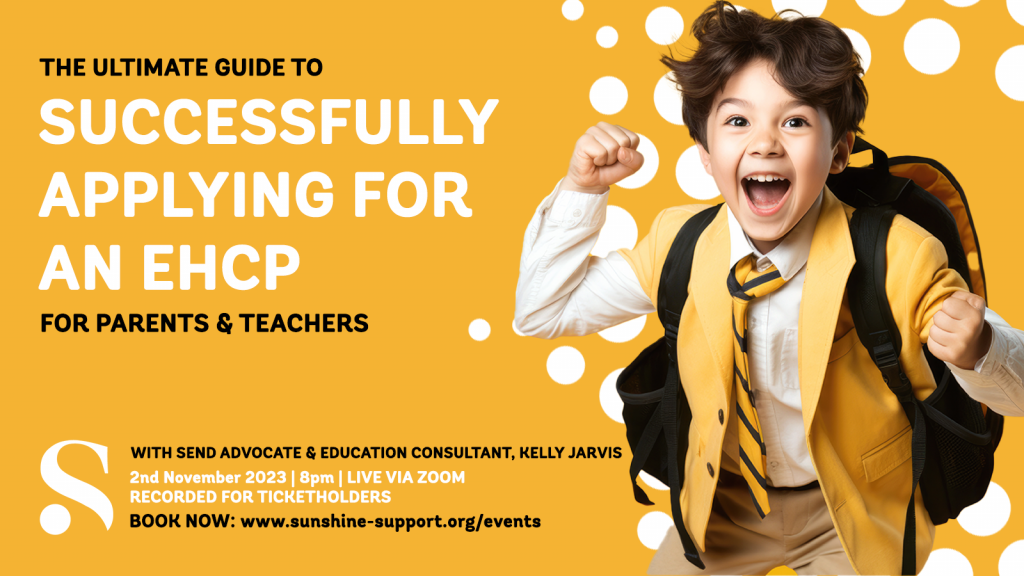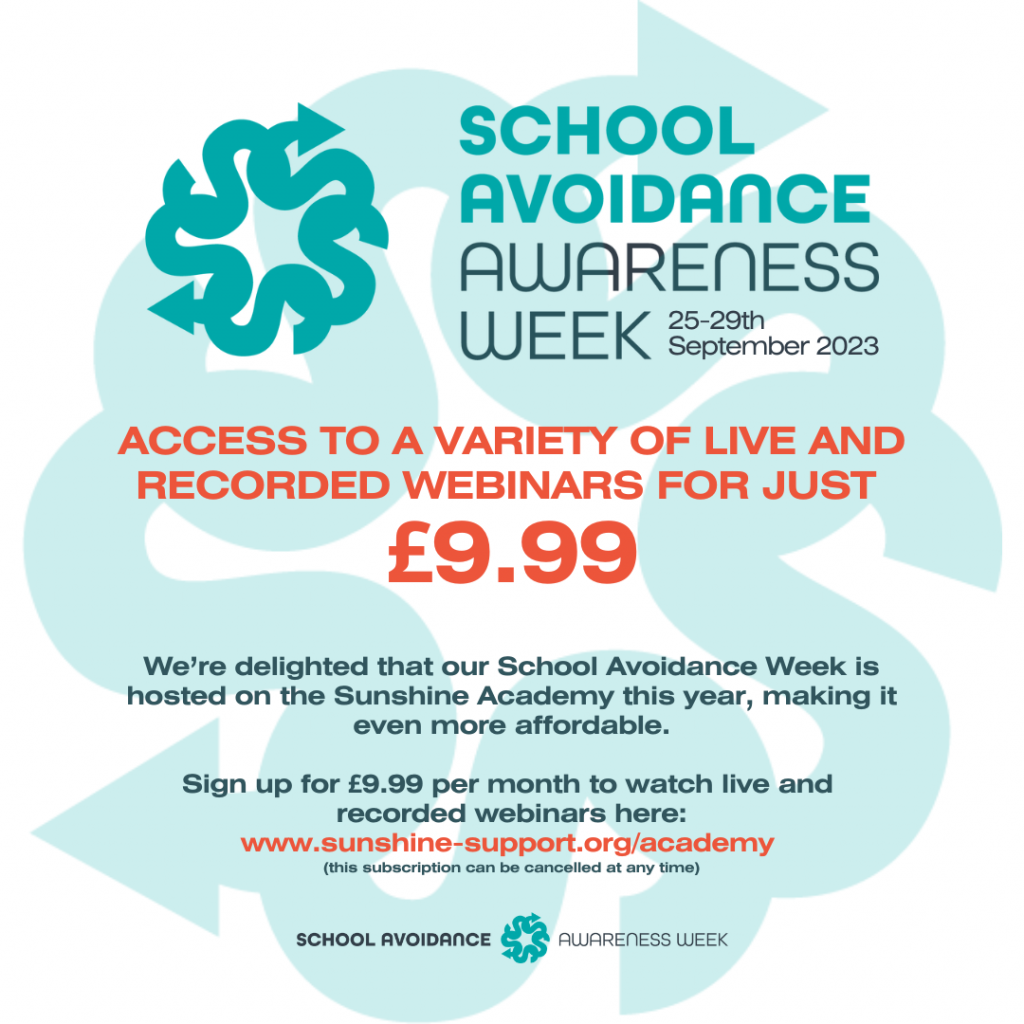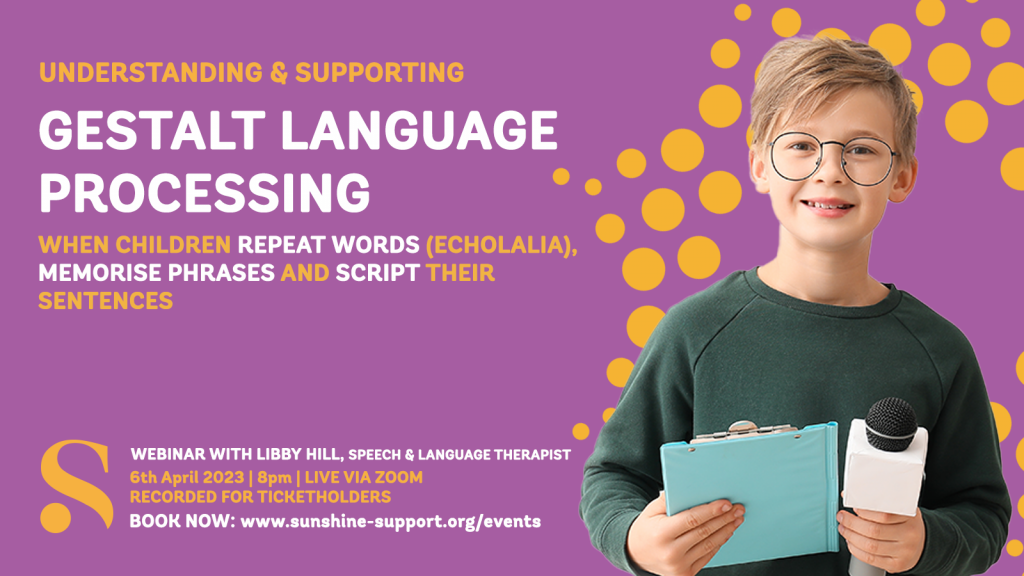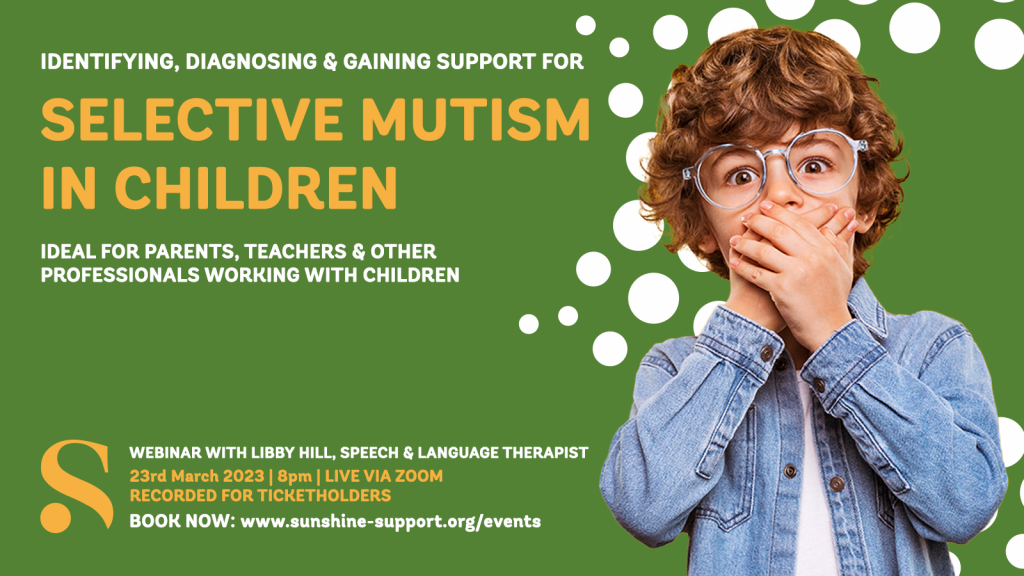Recognising the signs of Autism in the early years is not a straight forward process….
I decided to speak to Sunshine Support’s Head of Family Support, Corrina Wood, to get an insight into the difficulties in recognising the early signs of Autism.
According to Corrina, “Autism can present in many ways, it is like having multiple jigsaw puzzles in one box, we should not be dismissing its presence based on a single piece of the puzzle not fitting. Perhaps we are trying to put that piece in the wrong puzzle.”

Common Signs
As Corrina said, Autism can present itself in different ways and can vary from child to child. However, there are some common traits that many autistic people share:
- Avoiding or making little or no eye contact
- Difficulties making friends
- Delayed speech development
- Repetitive behaviours (i.e. hand flapping, head banging, rocking back and forth)
- Hyper-fixating on people or objects
- Has Difficulties in recognising emotions
- Sleep Problems
- Sensory Difference
- Poor coordination
- Executive Functioning Difficulties
- Difficulties in communicating needs
- Ritualistic behaviours (i.e. lining objects up in a specific order)
- Aversion to change/needing a set routine
Of course, a child or young person does not have to exhibit all of these features to meet the criteria for Autism.
Misconceptions
There are so many misconceptions surrounding autism and its presentation. Some people for example would have you believe that autistic people do not have empathy, this is however completely untrue. We are constantly bombarded with these myths and misinformation that cause autism to be misunderstood and in some cases unrecognised.
Corrina had this insight to share with us:
“Recently I heard someone suggest that a child could not be autistic because they wanted to build relationships with adults. This is in fact a common miscomprehension, that children with autism are in their “own world” and do not want to socialise, Many children with autism desperately want to interact with others but do not have the skills to do so appropriately, others may seek to be with adults as their behaviour is more predictable and feels safe. My own son when he started school much preferred the staff room to the playground”.

Overlaps
As the diagram above demonstrates, there is an overlap between ADHD, Dyspraxia and Autism which complicates things a little bit further…
Not only do these conditions share common features but sometimes they come packaged together. For example, statistics show that up to 80% of autistic people meet the criteria for ADHD. It is true that they share many common features but it should also be recognised that many of the features are conflicting.
For instance, an ADHD brain tends to be “scattered” – thoughts race. However, an autistic brain tends to demand order and consistency. Obviously these aspects are drastically different from one another which makes things difficult when trying to differentiate between the two.
You Should NOT Fear Autism
When talking Autism, like any child, if given the right support, including understanding and acceptance, they can achieve their full potential. So many organisations and websites use the phrase “at risk of autism” – which only promotes the idea that autism is something to fear, which it is not…
Autism should not be seen as as “disorder” or a “disability” but simply a different way of being and thinking. Of course, being autistic can lead to things that are debilitating but that it not due to being autistic but due to the way you are treated for being autistic.
The world simply just is not accommodating to neurodiversity, which is why we sometimes just need a little extra support.







